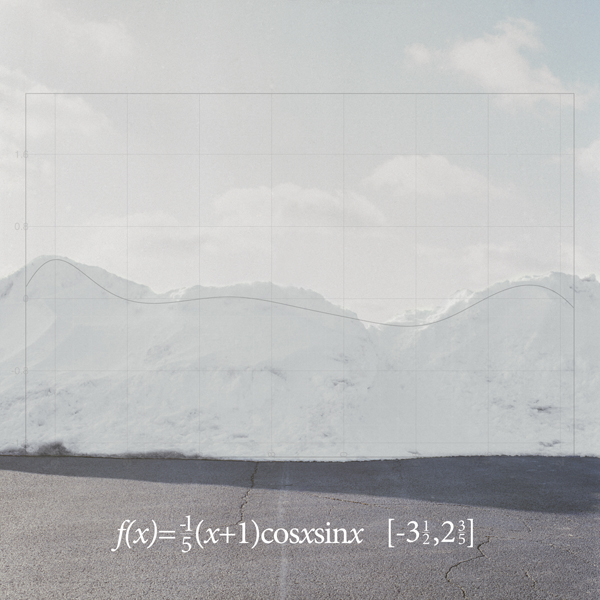Posted: February 28th, 2013 | Author: jifei | Filed under: Assignment 3 | No Comments »
When a bike is broken in the middle of the road, and we happened to have a future gadget like Google Glass with us. We wear the glass and try to fix the bike. the question is, what kind of information the Glass would provide to us?
According to the JITIR system, the Glass would automatically search the potential solutions base on the condition of the environment and the bike. Or it would suggest us different tools to fix it. As a user, what we have to do is just perceiving the information and filter those which are not fit.
This is a pretty typical approach of artificial intelligence. In this approach we assume that human perceptions are passive. our eyes are like a camera, statically sitting there and waiting for something happen. It also implies that if something could be done in a way without any effort, we human are likely to chose that way. As in the bike example, if the Glass could provided me directly what’s wrong with my bike and an precise procedure of fixing it, that would be something that I want.
I am skeptical about this approach. For me human perception is not a mode of passive receiving, but an interweave between receiving and actively searching. Alva Noë wrote in his book <action in perception> that human’s perception is not something just happens in brain, but a skillful activity of human as a whole
[i]. According to him, the sense of vision, for example, is acquired not just by passively watching but also bodily engaging in the world. If one cannot interact with the world with his/her sensorimotor knowledge, even if his/her eyes physiologically function well, he/she still cannot perceive. This radical theory stresses the importance of sensorimotor skills in perception.
I therefore think, in the frame of just-in-time learning, it is not just about information providing, but more about encouraging active searching. It is about trying things out. what a computer can do in this system is to provide cues that could accelerate this interaction loop, not end it as soon as possible.
(more discussion to come….)
[i] Noë, Alva, 2006, Action in Perception (Cambridge: MIT Press), p.3.
Posted: February 21st, 2013 | Author: jifei | Filed under: Assignment 2 | No Comments »
Imagine you have a friend, who cannot only see things that you cannot see, but also interpret those in a way that you usually don’t. You enjoy very much the way you see the world, but you also appreciate if you could see the world through its eye. The change of perspective is the key of stimulating new thoughts.
The friend is a computer vision system. As the technology growing mature, we can now easily switching between human eyes’ perception and computer vision. Our naked eyes provide us a non-mediated world where we could make sense of everyday objects effortlessly, while computer vision can see the invisible things like electromagnetic field, and quickly analyze and abstract it.
What intrigues me most is that how can we learn more a bout the nature of physical world through AR. What is the height of Eiffel Tower? How much does an apple weight? AR technology could help us to bring such knowledge back to real world, so that it is not something dry and abstract in the book, but vivid in everyday life.
<Found Functions> - Graziano

Posted: February 14th, 2013 | Author: jifei | Filed under: Project | No Comments »
Engelbart
1. H-LAM/T
The H-LAM/T described a system with which human could tackle with problems that emerged in everyday life. It acknowledged that problem-solving process is an interaction among human cognition, artifact, language and methodology. Human augmenting can be, therefore achieved by improving artifact, language and methodology that we use.
2. Our current problem is that the artifact, language and methodology we use to interacting with digital world are so highly abstracted, that getting trained becomes problematic.
Kamvar:
1. Self-reinforcing versus self-limiting:
There is actually no self-limiting technology, only applications that limits the technology. The dating website is an application not a technology. Technology is always self-reinforced. The way to find a balance is to build meaningful applications that regulate the technology.
2. The gap between physical and digital tools:
Upstream tool is good, and we know that it’s better if we all have access to it. But how can we make them easy to learn? Any tool requires a process of learning. When we learn about using pencil, we don’t have to use our brain to calculate the angle and the force to write down a word. When it comes to digital tools, the all the learning load goes to our brain. Digital tools are by nature abstract. We could use metaphor to represent them. However, if we want to use digital tool to build other digital one, we have to find a way to understand how it really works.

Recent Comments